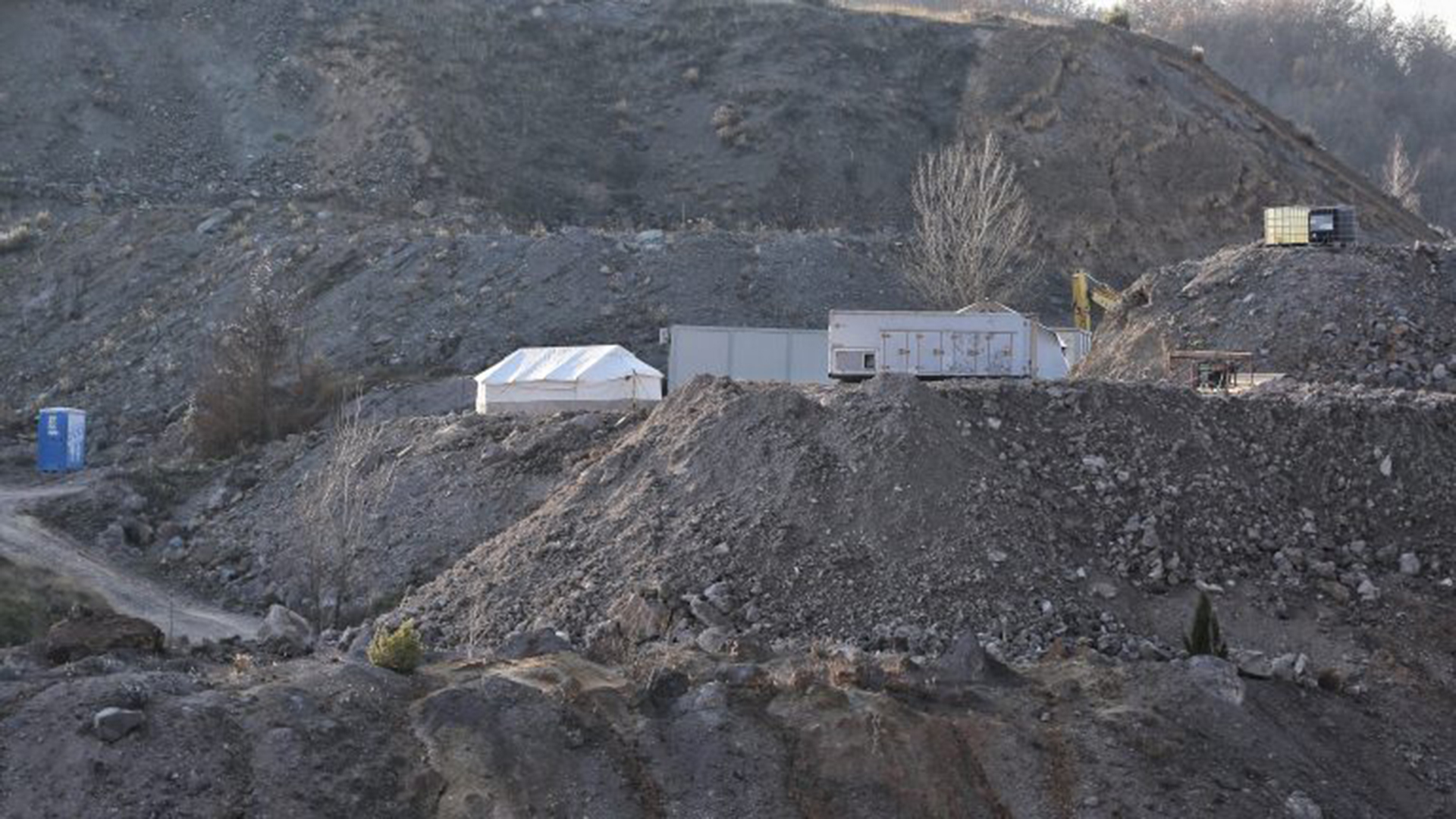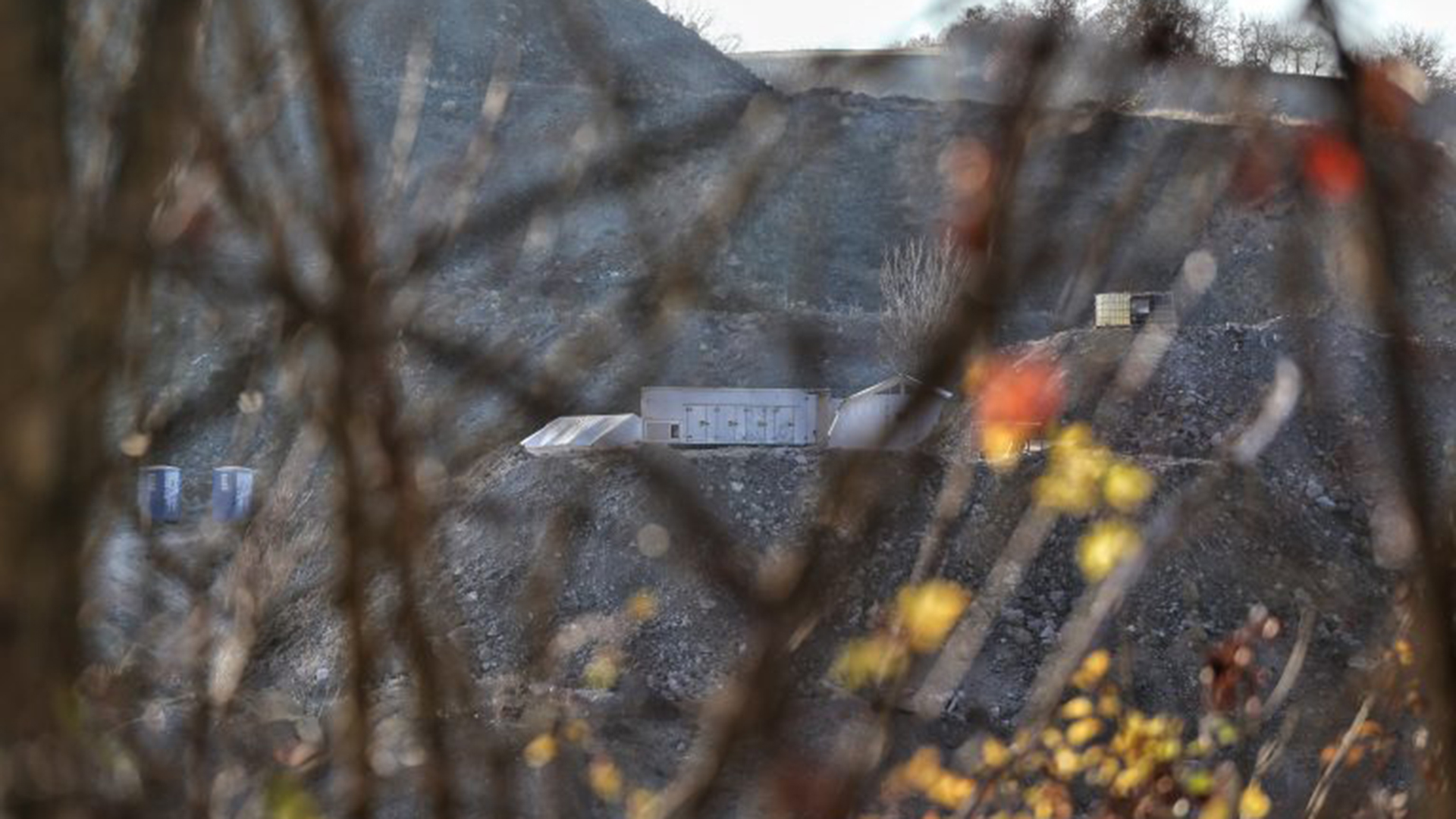Remains discovered at the site of the quarry suspected to be of civilians killed in massacre in Rezala, when at least 41 persons were murdered
The excavation of remains of persons killed in Kosovo began at the site of the Kiževak quarry near Raška in mid-November 2020. Government of Serbia’s Press Office stated that the excavation was ordered by the Higher Court in Belgrade and that persons in question “went missing in connection with the conflict in the Autonomous Province of Kosovo and Metohija”.
It is also stressed in the communication that Kiževak “was the subject of examination and trial excavation over the last five years upon the order of the War Crimes Prosecutor’s Office.” A team of forensic medical experts is present at the site of excavation, alongside the experts from the International Commission on Missing Persons (ICMP), representatives of EULEX and International Committee of the Red Cross (ICRC), as well as representatives of Priština delegation of the Working Group for Missing Persons in the capacity of observers.
According to the communication: “samples for DNA analysis will be taken from all the remains exhumed at this location, which will enable their identification; the identification is to be done by the ICMP”.

Kiževak has been mentioned in the Report on Human Rights Practices in Kosovo published annually by US State Department. Namely, in the 2015 Country Report it was brought up as a place where “Serbian forces allegedly buried the remains of Kosovo Albanians murdered in Rezala, Kosovo in 1999.”
Serbian forces committed the crime in Rezala near Srbica on April 5, 1999, killing at least 41 persons, including children. According to Humanitarian Law Centre’s (HLC) Dossier: Rudica, the so-called clearing-up of battlefields on the territories of villages of Rezala, Staro Čikatovo, Donji Zabelj and Gladno Selo was under the jurisdiction of Yugoslav Army’s 37th Motorized Brigade. According to the Dossier, there is undisputable evidence indicating that the Clearing-Up Squad of the 37th mtbr had direct knowledge about the bodies of persons murdered in Rezala and shared that information with the command of the Brigade.
The HLC further states in the Dossier that at least nine persons from this village are still reported as missing in the ICRC database. Bodies of 27 victims of the crime in Rezala were found in the mass grave in Rudica in 2013; they were buried in Rezala two years later.
After the discovery of the Kiževak location, President of Government of Serbia’s Missing Persons Commission Veljko Odalović said to the Serbian National Television (RTS) on November 18 that, according to available information, 15-17 bodies were potentially buried there.
The remains in Kiževak have been found thanks to the photos taken from the air, that is, survey by the drone donated by the UK through UNDP. On the occasion of handover of the drone on August 31 2020, Odalović said that three locations would be searched first at the request of Priština authorities: Kiževak, Kozarevo, between the towns of Raška and Novi Pazar, and the location in the vicinity of Sjenica near the Štavalj mine.

Javier Santana, EULEX’s forensic archeologist, said about Kiževak: “The problem was that these are large quarry sites and the landscape kept changing over time due to the fact that the quarry was still in use for a number of years”.
EULEX further stated that the process of identifying the exact location of the human remains had been further complicated due to the fact that there were four to five levels in the mine with an approximate height of 13 meters each.
The Kiževak quarry was privatised after 2007. In May this year, Serbian company EPP sold the right to exploitation of former silver, zinc and lead mine to Canadian company Tethyan.
Photo: Irfan Ličina, Nova.rs